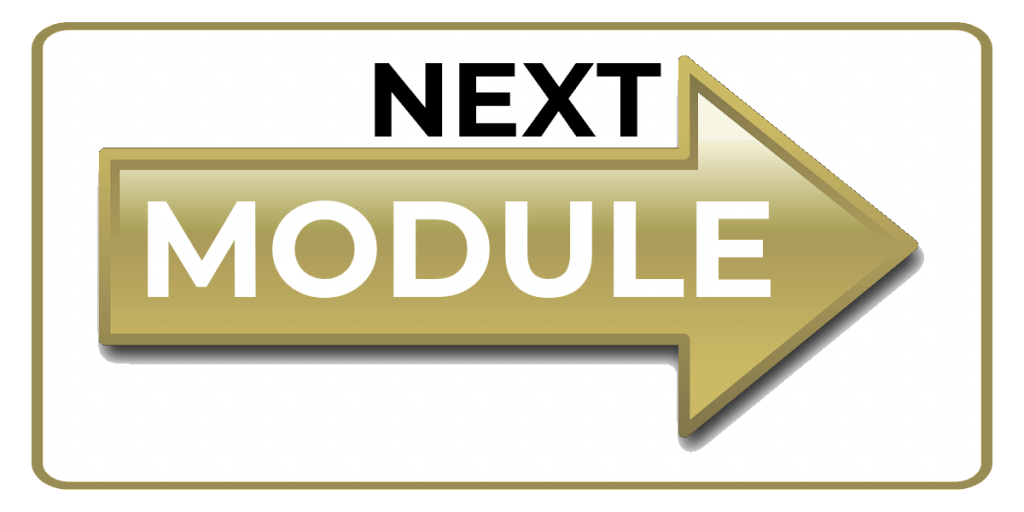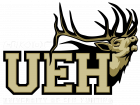
MODULE 5 - USING ELK CALLS
CHAPTER 1: SELECTING THE RIGHT ELK CALL

Wow, this is more overwhelming than I thought. To get started, I jotted down the names of the elk call manufacturers that I knew of off the top of my mind. There are 14, and I’m sure I’ve missed a few. From those 14 manufacturers, they offer 28 different bugle tubes, 44 open-reed cow calls, and 95 diaphragm mouth calls! Where do I even start???
Is one diaphragm call as good as the next? Will one diaphragm make you a better elk caller than another? My opinion, in a nutshell, is that not all elk calls are created equal. In fact, there are some VERY major differences in the construction of elk calls that will make a VERY major difference in your ability to make good, consistent sounds. This is not going to be a discussion on which brand is best, but rather, an education on how calls are constructed and how the construction of calls plays a part in your ability to make the call sound like an elk.
OVERVIEW OF ELK CALLS
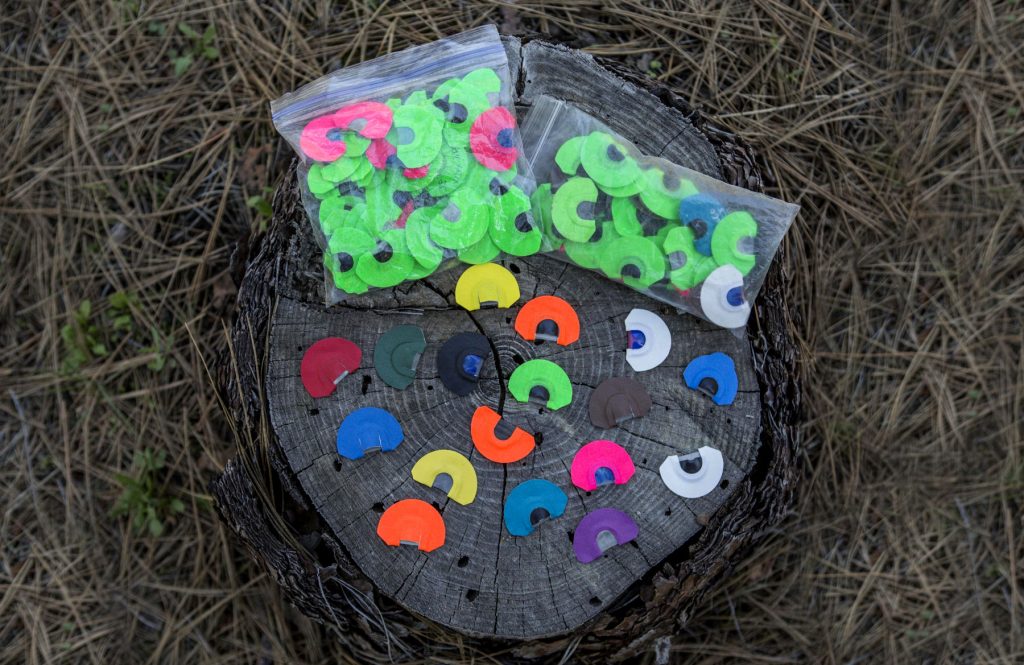
First off, there are four main types of elk calls that I’ll cover: hand-held (squeeze) cow calls, open-reed/reed-style cow calls, external mouthpiece bugle calls, and diaphragm (mouth) calls.
HAND-HELD (SQUEEZE) CALLS
I’m not going to spend much time here, but I do want to stress why there are better options than a hand-held cow call. Squeeze-style elk calls are very simple to use. In fact, my children could effectively get the best possible sounds out of a hand-held elk call when they were 3 years old. Seriously. They are that easy. And they can produce a fairly realistic cow elk sound. One. Sure, you can muffle them or change the pitch slightly, but they are very one-dimensional. Plus, for a bow hunter, they aren’t ideal to use if you need to stop an elk while you are at full-draw. If you absolutely cannot use any other elk call, they will work. But by the end of this module, my goal is to have you feeling like you are able to use one of the other styles of elk calls.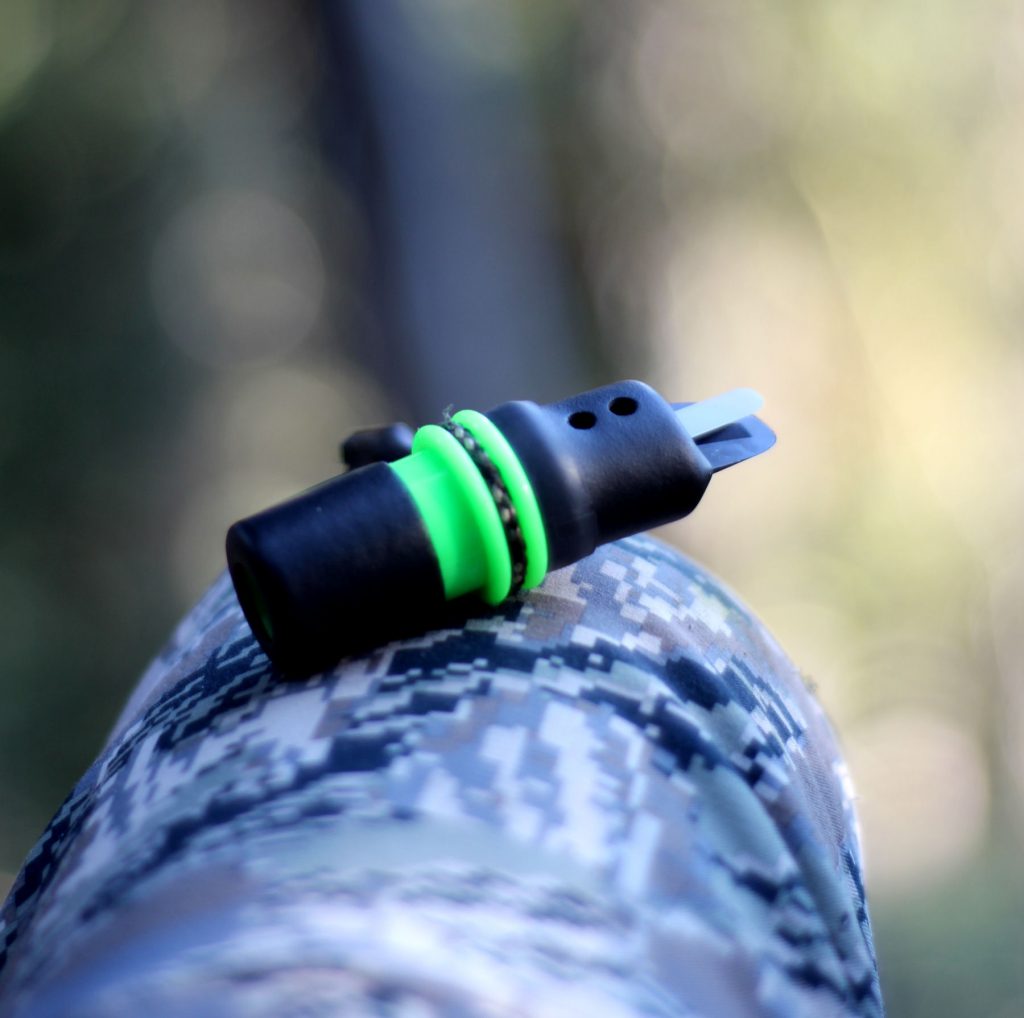
OPEN-REED/REED-STYLE COW CALLS
Open-reed, or reed-style cow calls, definitely have a place in my elk call collection. They offer a different sound than a diaphragm elk call, and variety can come in handy from time to time. They are more versatile than hand-held cow calls, but they fall short of the versatility and range of a diaphragm. However, if diaphragms just don’t work for you, an open-reed cow call is a far better choice than a hand-held call. Again, for bowhunters, reed-style cow calls are slightly limited in use (if you’re at full draw), but are a great option and can achieve very realistic sounds.EXTERNAL MOUTHPIECE BUGLES
Several manufacturers make what is known as an “external” mouthpiece for bugling. These calls usually consist of some type of latex or similar material stretched over a mouthpiece that you blow on to achieve the bugling sounds of a bull elk. Similar to open-reed cow calls, external mouthpiece bugles are somewhat lacking in range and versatility, but they will work if diaphragms absolutely won’t. Sounds are made by pushing your tongue (or bottom lip) up against the latex and forcing air across it to produce a bugle. The sounds are typically more “mechanical” than a bugle with a diaphragm, but they will work.
Chuckling and some of the other sounds elk make can be difficult to make with external bugles, but a hunter armed with one of these and an open-reed cow call can definitely call in elk if diaphragm calls just won’t work for them.
DIAPHRAGM CALLS
By now, you have probably figured out that I am going to be pushing you towards learning to use a diaphragm call. I do understand that there are a few instances where that just isn’t possible. I have helped hundreds of hunters learn to use a diaphragm call, and there have been a few that absolutely can’t do it because of their excessive gag reflex. These poor people can’t even brush their teeth without gagging! But for everyone else, it is absolutely worth the investment of time to learn how to use a diaphragm call.
Diaphragm calls enable an elk hunter to make every sound elk make – bugles, cow calls, and everything in between. Coupled with a quality “bugle tube” – or amplifier tube – they are very versatile, and very realistic. Additionally, they can be operated hands-free, which comes in quite handy for a bowhunter who wants to stop an elk in a shooting lane.
Diaphragms consist of latex stretched over a frame (plastic or metal), which is then encapsulated by a piece of tape to provide a better fit in your mouth. The diaphragm is inserted into your mouth, and as your tongue contacts the latex, you force air between the latex and your tongue. The resonation causes the latex to make sound. Think of a blade of grass – as you stretch it between your fingers and blow air across it, the grass makes a high-pitched squeal. That is the basic concept of diaphragm elk calls.
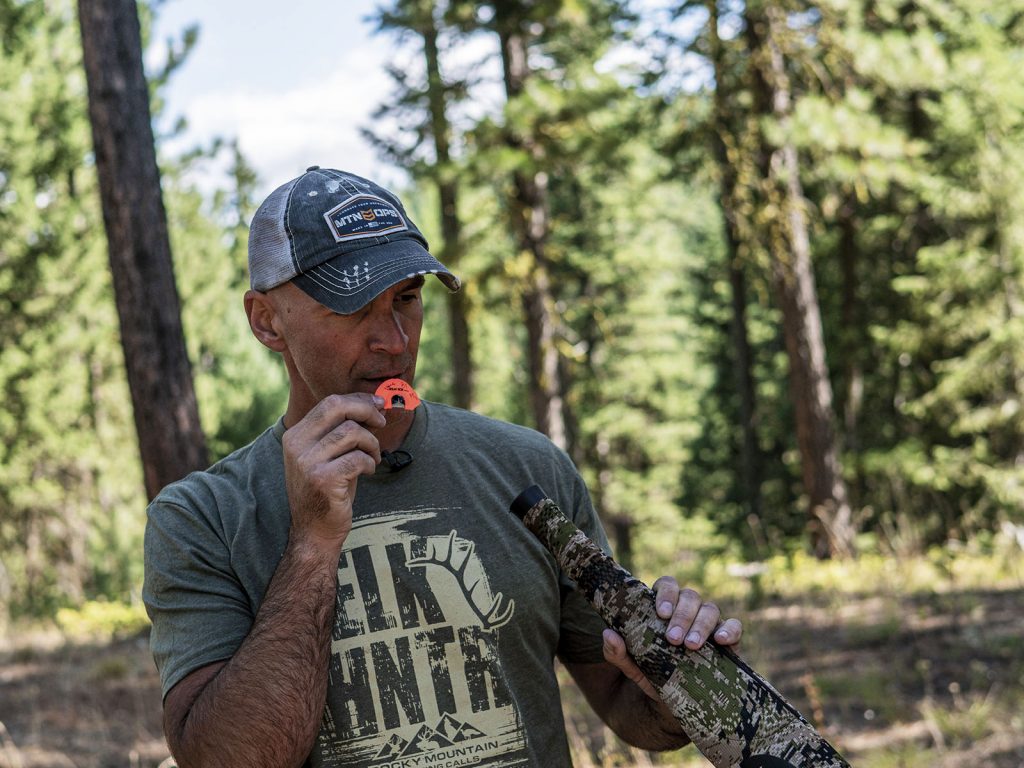
From there, it’s just a matter of controlling the sound… 🙂 Learning to control the sounds of a diaphragm elk call is the only real downside to using them, but I’m hoping to minimize that obstacle in this Module.
DIFFERENCES IN CONSTRUCTION
When it comes to hand-held, open-reed, and external mouthpiece elk calls, there are several options and variations. However, it’s most important to find one that makes the sounds you are wanting to make. Some will be more consistent, some will sound more mechanical, but ultimately, you just need to pick one and play around with it to find out if it will work for you. When it comes to diaphragms, this is definitely not the case. The packaging on many diaphragm elk calls often describes what the call is designed to do. You’ll find diaphragms that are marketed for “Large Bull Sounds” or for “Satellite Bull Sounds” or for “Cow and Calf Sounds”. Some will advertise a full range of elk sounds, etc. How is it possible that each of these calls could produce these starkly different sounds? Let me explain. The construction/design of diaphragm elk calls plays a big part in how the call sounds, as well as how easy it is to use. For diaphragms, there are 4 design characteristics that I feel are important to consider when choosing which call is best for you: frame design, latex thickness, latex stretch, and tape. Here is a basic diagram of how a diaphragm elk call is constructed:
- Stamped frame
- Pre-cut latex
- Latex is stretched, and frame is crimped over latex
- Latex is trimmed to frame
- Tape is applied over frame
- Tape is cut to size
FRAME DESIGN
The frame of the diaphragm is not the most important aspect of the design, but it houses the most important part – the latex – and it definitely contributes to the overall sound and usability of the call. The frame is typically made of plastic or metal, with aluminum being the most commonly used material. The latex is stretched across the frame, and the frame is then clamped down to firmly hold the latex at the desired stretch.
The width of the frame will contribute to the fit and comfort of the diaphragm in your mouth, as well as the overall sound. A narrow frame leaves less latex exposed and can produce a wider range of octaves with less effort. But, it can also cause the diaphragm to be more difficult to control. On the flip side, a wider frame might not be able to hit the high, clear notes of a bugle as easily, but will often have a smoother transition between the octaves.
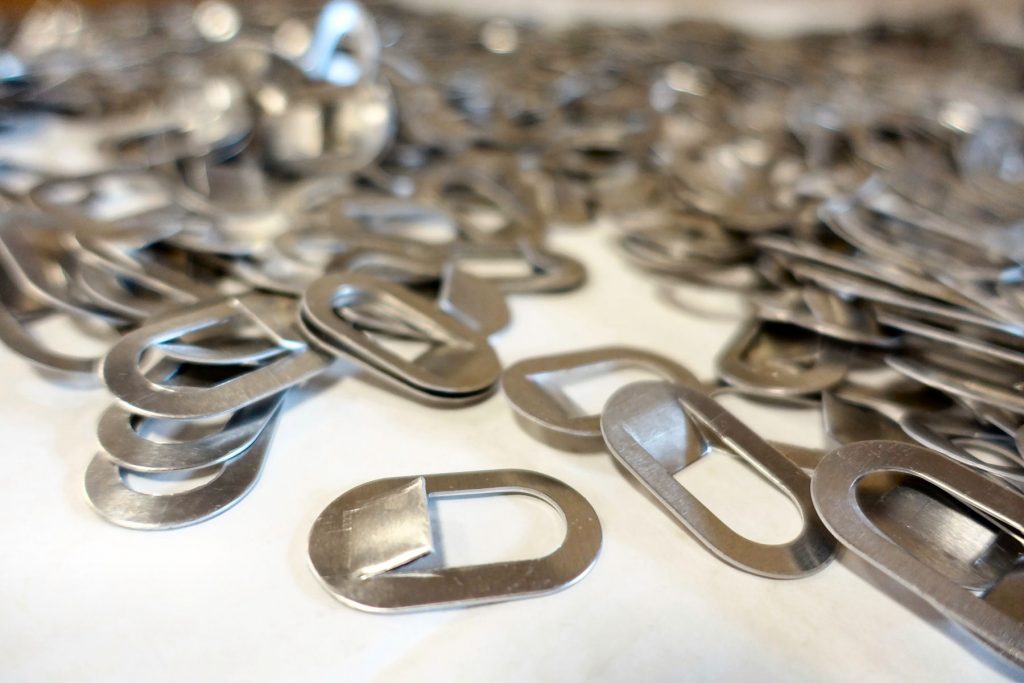
The width of the frame can also affect how the diaphragm fits in your mouth. If you have a wide palate (roof of your mouth), a narrow frame might slip around as you try to apply pressure onto it with your tongue. Or, if you have a narrow palate, a wide frame might extend past the sides of your teeth and be very uncomfortable and difficult to use. The width of the frame also has an effect on another important factor in using a diaphragm elk call, and that is the ability to seal air from escaping around the edges of the call. It might take a few tests to find the diaphragm that provides you with the best fit, but it is a very important starting point for using diaphragm calls.
Another feature that is incorporated into the frame design is what is referred to as a backing plate or a palate plate. This can be a tab that is part of the frame, or a plastic dome that is attached to the frame. Both options accomplish a similar task, and that is providing support on the back side of the latex. This support keeps the latex from being overstretched, and also aids in controlling the air flow and sounds of the call. Without a backing plate, the positioning of the call in your mouth is more critical in achieving consistent, quality sounds. With it, it is possible to position the diaphragm farther forward – or farther back – in your mouth and find a more comfortable location. This can be incredibly helpful for hunters who suffer from a gag reflex. A diaphragm call with a palate plate can enable the call to be moved forward in your mouth and reduce the effects of gagging that many other diaphragms often cause.
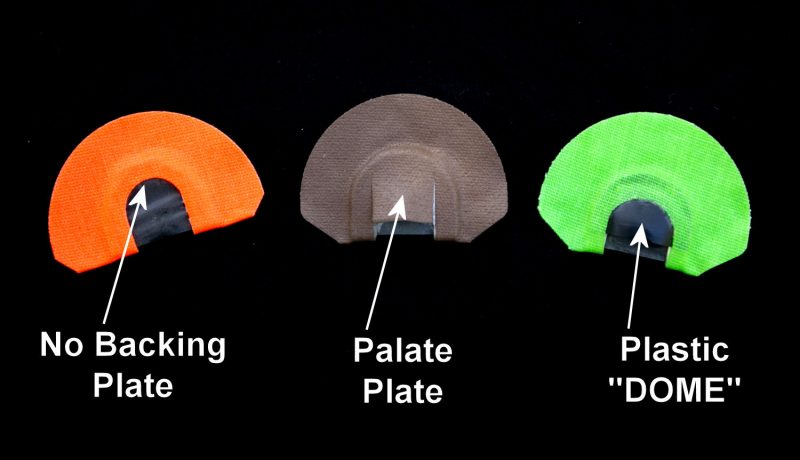
Every mouth is different, so it would be impossible for me to suggest which frame would work best for you. However, starting out with a medium width frame with a palate plate design would be a great place to begin. If the diaphragm is tilting from side to side in your mouth as you try to use it, you might need a wider frame. If it’s contacting your teeth uncomfortably on the sides, you might want to try a narrower one. If the plate or dome is hitting the roof of your mouth, you might need one with a lower profile, or a diaphragm without a backing plate.
LATEX THICKNESS
In my opinion, the latex is the most important feature of a diaphragm elk call, and there are two elements associated with the latex that are critical: the thickness of the latex, and how tightly it is stretched. The thickness of the latex is measured in “thousands of an inch” and controls many of the same aspects that the stretch controls: range, volume, ease of use, and control of the call. A thicker (heavy) latex typically requires more air pressure to activate and more tongue pressure to control. It can also be more limited in its range, especially at the higher end of the spectrum. However, it is possible to achieve a lot of volume, partly due to the extra air and tongue pressure it requires for use. For someone who blows extra hard on a diaphragm call, thicker latex might be a better option. However, for the soft, sweet sounds of a cow elk, a thick latex can be much more difficult to use. A thin (light) latex is often easier to make sounds with, especially for a beginner. It takes less air pressure and is affected more by slight changes in tongue pressure, which makes it easier to scale the octaves – unless you blow too hard, which causes thin latex to “blow out” and lose the sound completely. You could argue that a thinner latex is not as loud as a thicker latex, but in my opinion, a thin latex can be plenty loud. For soft, sweet cow sounds, thin latex provides a platform that can be very softly manipulated. With the right control and fit, it is also possible to scream a loud, aggressive bugle. However, blowing too hard can render a thin latex diaphragm nearly worthless. Again, your calling style and preference are going to dictate which latex thickness is going to work best for you.
Personally, I prefer a lighter latex due to the precise control and ease of use. Plus, I’m able to make any elk sound – bull, cow, and calf – with one diaphragm. If you need a thicker latex call for bugling, you will likely need to use two different diaphragms – one for bugling and one with thinner latex for cow calling.
LATEX STRETCH
The other feature of the latex that affects the sounds and effectiveness of a diaphragm elk call is the stretch of the latex. Think back to that blade of grass – the tighter you stretch it, the higher pitch you can make as you blow air across it. The same is true of diaphragm elk calls.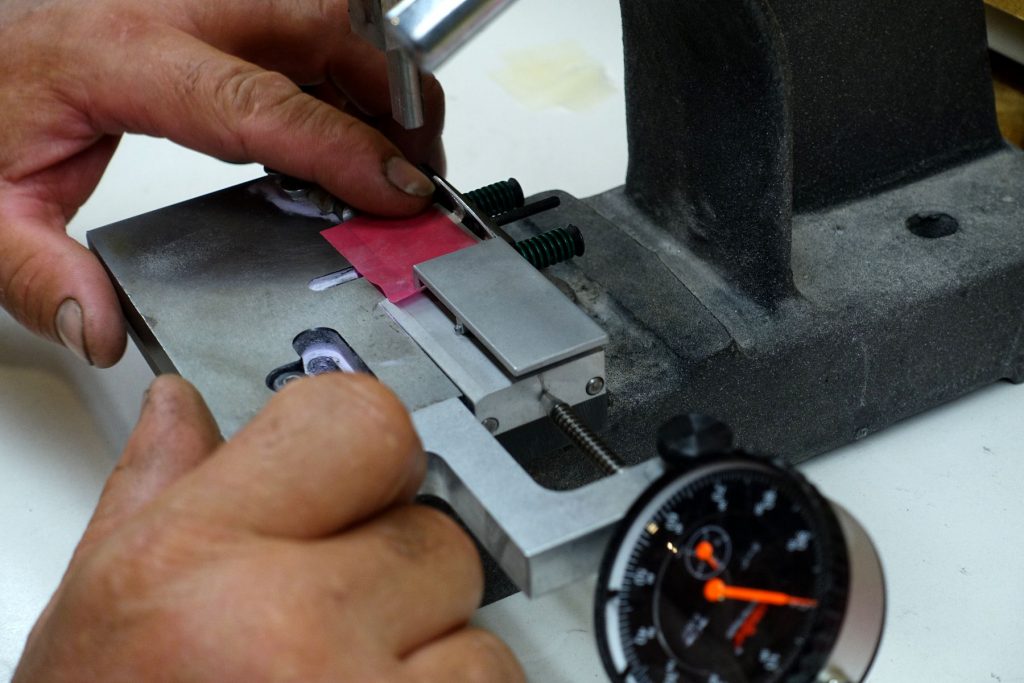
Latex that is tightly stretched will produce a higher, more shrill sound. If it is stretched too tightly, it will be impossible to achieve the lower sounds associated with cow calls and growls, etc. Loosely stretched latex will achieve those deeper sounds, but if it is too loose, you will struggle mightily with hitting the higher notes. Since bugles and cow calls include both high and low pitches, it’s important to find a diaphragm with just the right stretch.
In addition to the overall pitch you can achieve, the stretch of the latex affects your ability to transition between notes. A tighter latex will “pop” as you transition from a lower pitch to a higher pitch, – or vice versa – which is not always ideal in a cow call. A loosely stretched latex will often cut out or stall as you increase tongue and air pressure to climb the scale up to a high, clear bugle.
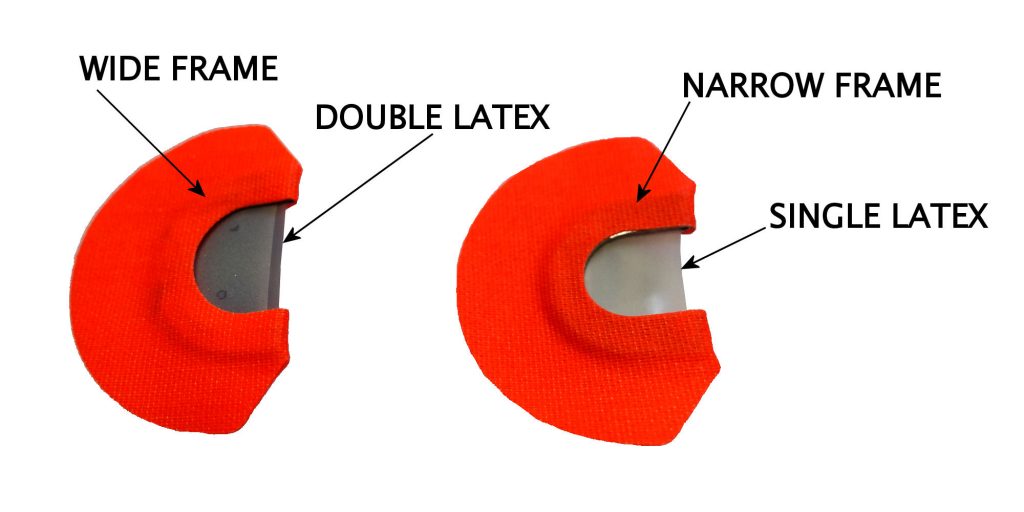
If you couple the effects of the latex stretch with the effects of the latex thickness, it adds a whole new level of variation. A thin latex that is tightly stretched will easily and quickly produce a high, shrill scream. But, it won’t allow you to drop down and make the deeper, lower sounds needed at the beginning of a bugle or the end of a cow call. A thick latex with a loose stretch will struggle to make any high notes at all. Add to the equation a frame that is too narrow, and it becomes a little easier to see why diaphragms can seem to be so difficult to use, especially if you choose the wrong options from the get-go. I’ve found that a thin or medium latex (0.003 – 0.004”) with a medium stretch over a medium-width frame provides a great platform for making the widest range of elk sounds, and is a great place to start if you’re new to using a diaphragm elk call.
One last thing I’ll mention as I conclude this section on latex, is that several companies make diaphragm elk calls with multiple “layers” of latex. These calls are often referred to as “double latex” or “triple latex”, which means there is latex “stacked” upon latex before it is clamped into the frame. These multiple layers of latex will often produce a deeper, raspier sound, as well as a distinct “pop” as you transition up and down the scale. This construction works great for turkey calls, but it isn’t always the best choice for an elk caller, especially if you are just starting out.
Many elk call manufacturers don’t provide the actual thickness or stretch of the latex on the packaging, so I would suggest starting out with one that is marketed to produce medium bull and cow/calf sounds. This will generally be a more versatile call, and allow you to play around and find out if you need to make further adjustments to achieve the sounds you are looking for. Finding a call in this middle range should enable you to make any elk sound you need to make, bull bugles as well as cow/calf sounds, all with the same call.
TAPE
The last feature I’ll mention when it comes to diaphragm elk call construction is the tape. This is a “duct tape”-like covering that goes over the frame. It adds some width to the call so it will fit more comfortably in your mouth, but the primary role the tape plays is sealing the air from escaping from around the edges of the diaphragm as you begin blowing. If air is able to escape, you will quickly lose control of the sounds, if you are able to make any sounds at all. If this is happening, move the call around until you find a location that doesn’t allow the air to escape. We’ll talk more about air escape in the next Chapter, but remember that the tape helps seal the air, and that is a very important part of using the call – i.e., don’t trim the tape too small.DIAPHRAGM CALL MAINTENANCE
In order to get the most longevity out of your diaphragm elk calls, it’s important to properly care for them when they aren’t in use. Light, heat, and moisture all contribute to a diaphragm call wearing out prematurely. Watch the following video for tips on how to properly care for your diaphragm elk calls.
Now it's time to learn to use your calls to the best of their - and your - ability!
If you're ready to learn to use an elk call - or improve your elk calling - click 'Next Chapter' Below to continue on to Chapter 2: Become A Better Elk Caller!




